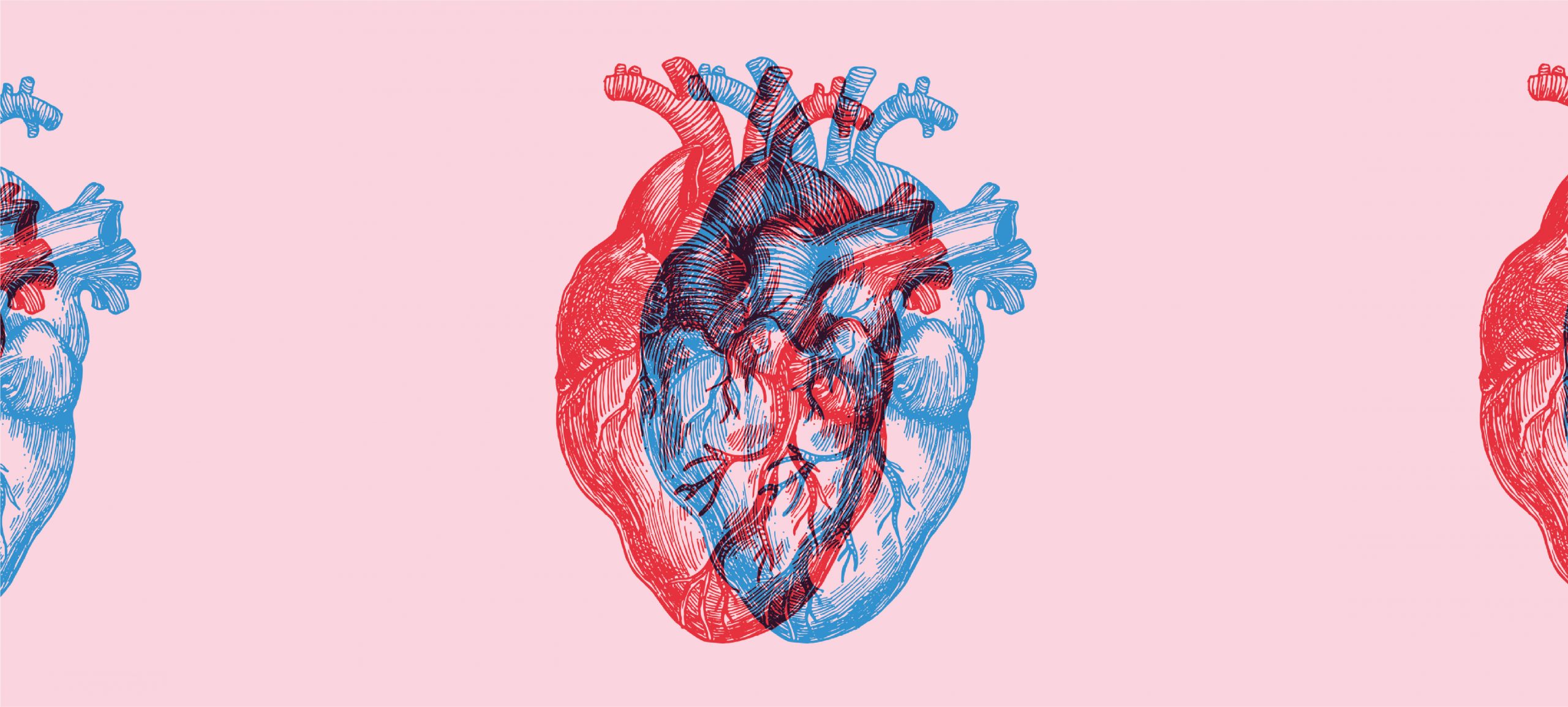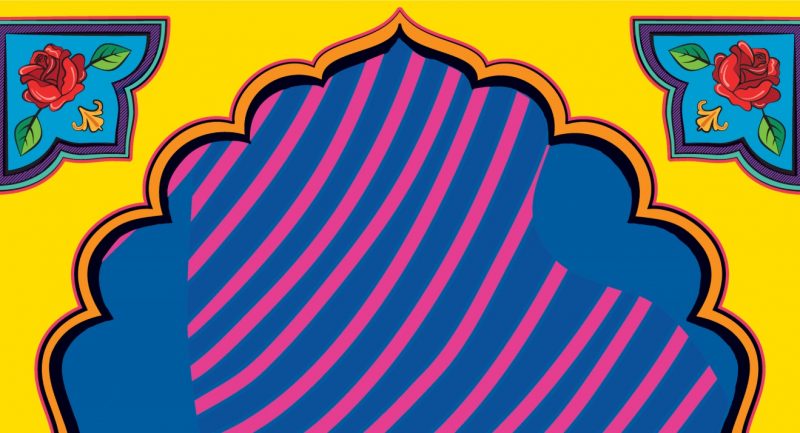
The spark of life, fount of emotions, house of the soul – the heart lies at the center of every facet of our existence. It’s so bound up in our deepest feelings that it can physically change shape when we experience emotional trauma.
For most of human history, the biological function of the heart was a mystery. Here is a timeline of the heart, quoted from Sandeep Jauhar’s new book titled Heart: A History.
Ten thousand years ago, Cro-Magnon hunters in Europe knew about the heart – they engraved curlicue pictures of it on the walls of caves – but they had no clue about what it did.

Seven millennia later, the ancient Egyptians devised surprisingly prescient theories about the heart’s purpose. They believed the heart was where the soul resided, of course, but a classic document, the Ebers Papyrus, also described the heart as the center of the blood supply, with vessels directed toward the major organs.

Three thousand years later, the ancient Greeks had a mostly symbolic understanding of the heart. They believed the heart’s central location in the body meant that it was the center of life and morality.

Drawing conclusions from surgeries on wounded gladiators, as well as vivisection on an array of animals, Galen – a Roman physician – proposed a scheme in which the liver converts food into blood that, like water in an irrigation ditch, travels one way into the body to be absorbed and disappear, never to be used again.

Galen’s theories were accepted as the final word on cardiovascular – indeed all human – anatomy in the West. Through the Middle Ages, his writings were scripture, immune to questioning.

Physician Ibn al-Nafis wrote Commentary on Anatomy in 1242. In it, he wrote that the ventricles receive nourishment from coronary vessels – not, as Galen had claimed, from blood deposited inside their chambers – and that the pulse is due to the force of cardiac contraction, not as Galen contended, because of innate arterial contractility.

Perhaps no thinker of the Renaissance period did more to advance knowledge of the heart that Leonardo da Vinci, who considered it “an admirable instrument invented by the Supreme Being.” Among many of Leonardo’s anatomical illustrations, a great many are devoted to the cardiovascular system. Like his predecessors, he used natural phenomena and analogies to elucidate the workings of the heart.

Before a century had passed, raucous crowds were gathering at the University of Padua for public dissection. It was here – the center of European anatomy, where the world’s first anatomical theatre housed galleries for spectators – that perhaps history’s greatest surgeon, Andreas Vesalius, worked.

In De humani corporis fabrica (The Fabric of the Human Body), published in 1543, Vesalius corrected many of Galen’s mistakes about the heart and also reinforced some of his erroneous conclusions.

It wasn’t until William Harvey, the brilliant English anatomist who studied at Padua in his early twenties, that Galen’s theory of circulation was fully upended. Although Harvey discovered the mechanism of circulation in 1615, he waited thirteen years before publishing the results. He feared for his safety; challenging Galenic dogma was considered sacrilegious.

On a summer day in 1893, Dr. Daniel Hale Williams, a surgeon at Provident Hospital in Chicago conducted, what is believed to be the first open-heart surgery.
Affecting, engaging, and beautifully written, Heart: A History takes the full measure of the only organ that can move itself.









